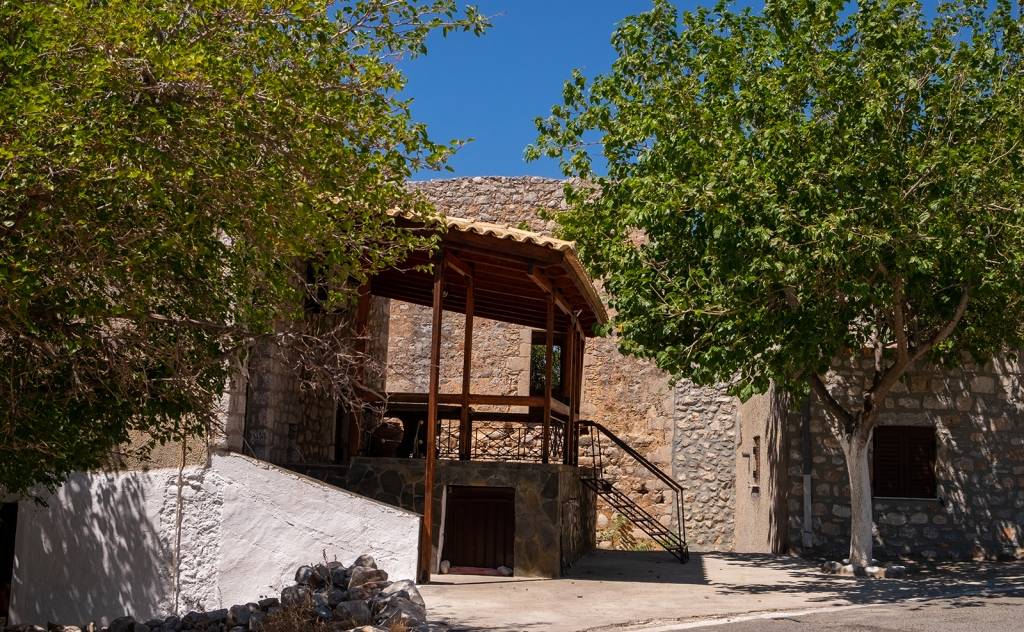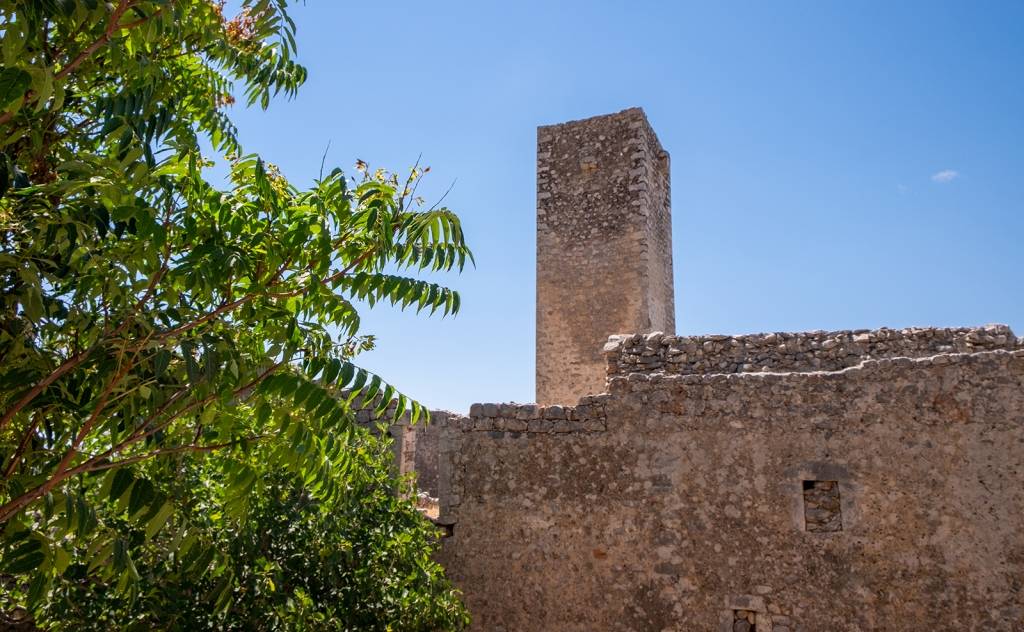






The village of Koita, (or Kitta), is only 4 km away from Gerolimenas and 45 km from Gythio. It is a live "museum" of Mani tradition and architecture. The visitor, here, can wander the cobbled streets of the village and relax away from the crowds.
The name Koita, (= riverbed), is of Doric origin and probably came from the topographic concept of the cradle, (since, here, there was a larger population than the other villages in the area). Until the middle of the 20th century, in all public documents, the village was referred to as Kitta, which probably comes from the Italian word "Citta", which means "city".
The village of Koita, along with Gardenitsa, were probably parts of the ancient Messi, (or Messa), mentioned in Homer's Iliad (rhapsody B). It is referred to as "polytrerona", which means the city with many wild pigeons. Traveler Pausanias, in the 2nd century AD, mentions it together with its port, which was probably the present Mezapos or Gerolimenas. During the Turkish occupation, it was the cradle of the Niklians, a powerful family of the Mani nobles, who, along with other large families, wrote a letter to the Italian Duke Carolos A of Never (Carlo Gonzaga) asking him for help for the liberation of Greece. He, in fact, responded positively.
In the area there are many Byzantine churches with great exterior decoration and wonderful frescoes inside. Koita, however, is famous mainly for its towers, which is why it is also called "Polypyrgos". It is rightly considered the cradle of Mani towers. In the past, it had 21 war towers and 28 tower houses. Today, the visitor can see 11 towers and all the tower houses. The tower complex of the Lianos family (built with various additions between 1800 and 1850), the Boudiklaris war tower (1763), the six - storey tower of Lazarogonas (1850), the four - storey tower of Koutroulianos, etc., stand out. Near Koita there is the small village of Kallonioi with arranged towers.
When they talk about the famous “gdikiomo” in Mani, (the well-known vendetta), Koita was considered to be the first point of reference. In 1871, a large vendetta broke out in the village between the Kaurianos and the Kurikianos families, which spread throughout Mani. People in all the villages had collected food and water from the cisterns in huge, clay pots so that they would not have to move and face the danger of… stray bullets. This resulted in the intervention of the army during the Premiership of Maniat Alexandros Koumoundouros.
Many excellent personalities come from the village, such as the fighter of the Revolution Theodore Mesisklis, researcher Dikaios Vagiakakos and Konstantinos Davakis, hero, Colonel of the 1940-1941 war on the mountains of Pindos. His bust is located at the junction after Koita, on the road to Kechrianika.
If you happen to be at the village on August 15th, do not miss to go to the festival which is organized by the Association at the basketball court. There, you will listen to live music, you will have fun until morning hours and you will taste delicious Mani dishes and plenty of wine.